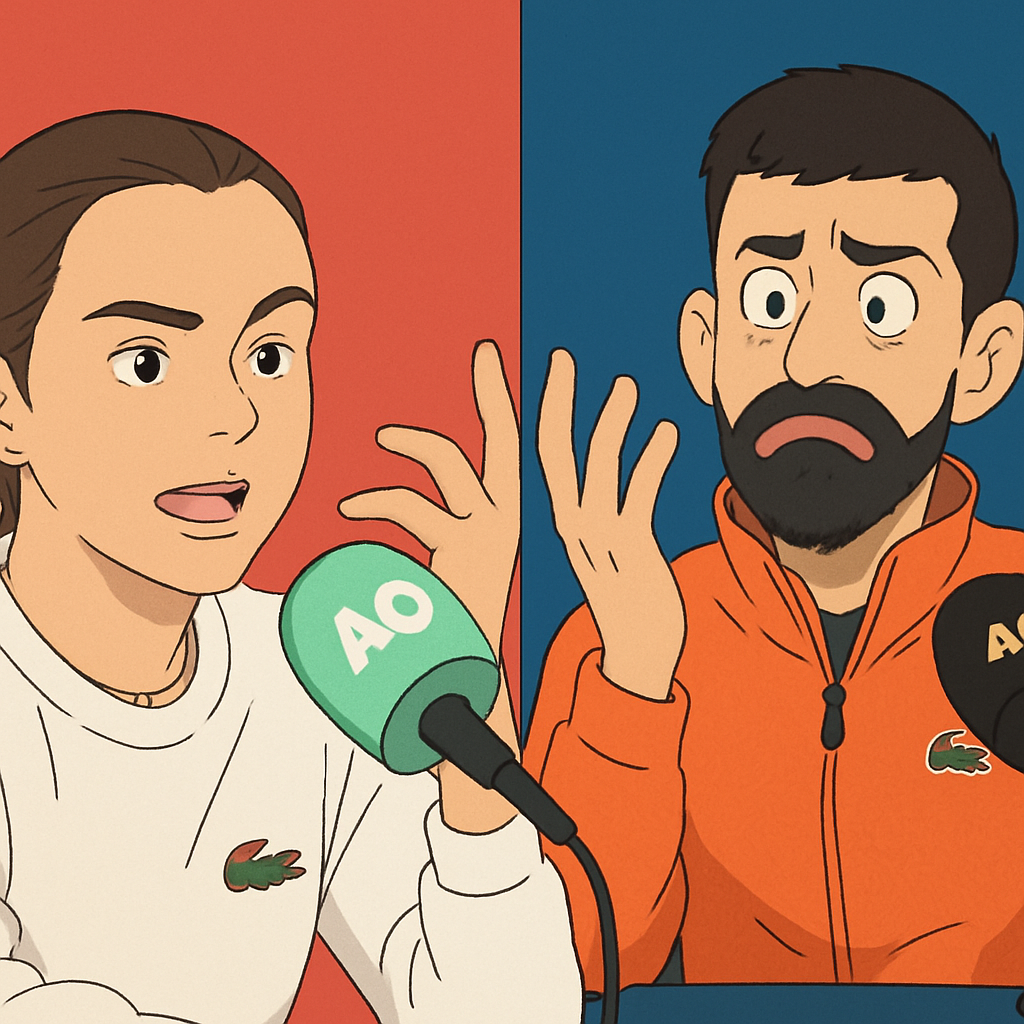MADRID — The extended Madrid Open, now a 12-day event, has reignited the debate over whether the ATP Masters and WTA 1000 tournaments are becoming "mini Grand Slams." With expanded draws, longer schedules, and increased prize money, these events are evolving—but is the format working for players and fans alike?
The Rise of the 12-Day Masters
Since 2022, the ATP and WTA have gradually extended several Masters 1000 and WTA 1000 events to 12-day formats, including Madrid, Rome, and Cincinnati. The goal? To ease player workload, improve match scheduling, and enhance fan engagement. "We want these tournaments to feel like major events, not just stepping stones to the Slams," said ATP Chairman Andrea Gaudenzi in a 2023 interview.
Key changes include:
- Larger draws (96 players in Madrid, up from 56)
- Byes for top seeds to reduce early-round fatigue
- Prize money increases (Madrid’s total purse rose to €7.8M in 2024)
Player Reactions: Mixed Feelings
While top-ranked players appreciate the extra rest, others argue the extended format favors elites. World No. 1 Iga Świątek praised the structure: "It’s less chaotic than the old 7-day events. We can recover properly." But lower-ranked players like Danielle Collins voiced concerns: "The byes create uneven opportunities. It’s harder for us to build momentum."
The Physical Toll
Data from the ATP’s 2023 injury report showed a 15% drop in mid-tournament withdrawals at 12-day events. However, some players, like Stefanos Tsitsipas, warn of burnout: "Longer tournaments mean more days away from home. The mental grind is real."
Fan Engagement: A Win or a Loss?
Tournament organizers report a 20% rise in attendance for extended formats, but TV viewership tells a different story. Early-round matches in Madrid saw a 12% drop in ratings compared to 2023. Tennis analyst Craig O’Shannessy noted: "Casual fans tune in for the finals, not Day 4."
The Grand Slam Comparison
With best-of-three sets (outside of men’s finals) and no middle Sundays, the "mini Slam" label may be premature. As Rafael Nadal quipped: "A Masters is still a Masters. The Slams are historic—you can’t replicate that aura."
What’s Next?
The ATP and WTA will review the format after 2024. Potential adjustments include:
- Reducing early-round byes
- Introducing more night sessions to boost ratings
- Expanding the format to Canadian Open and Indian Wells
WTA CEO Steve Simon remains optimistic: "Change takes time. We’re committed to making these tournaments the best they can be for players and fans."
As the clay season continues, all eyes will be on Rome—another 12-day event—to see if the "mini Slam" experiment can find its footing. For now, the debate rages on.

